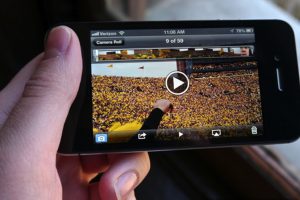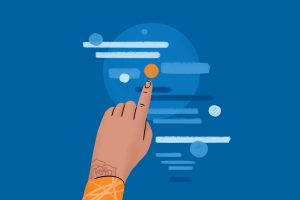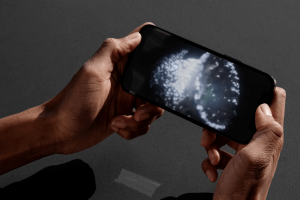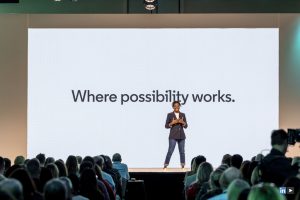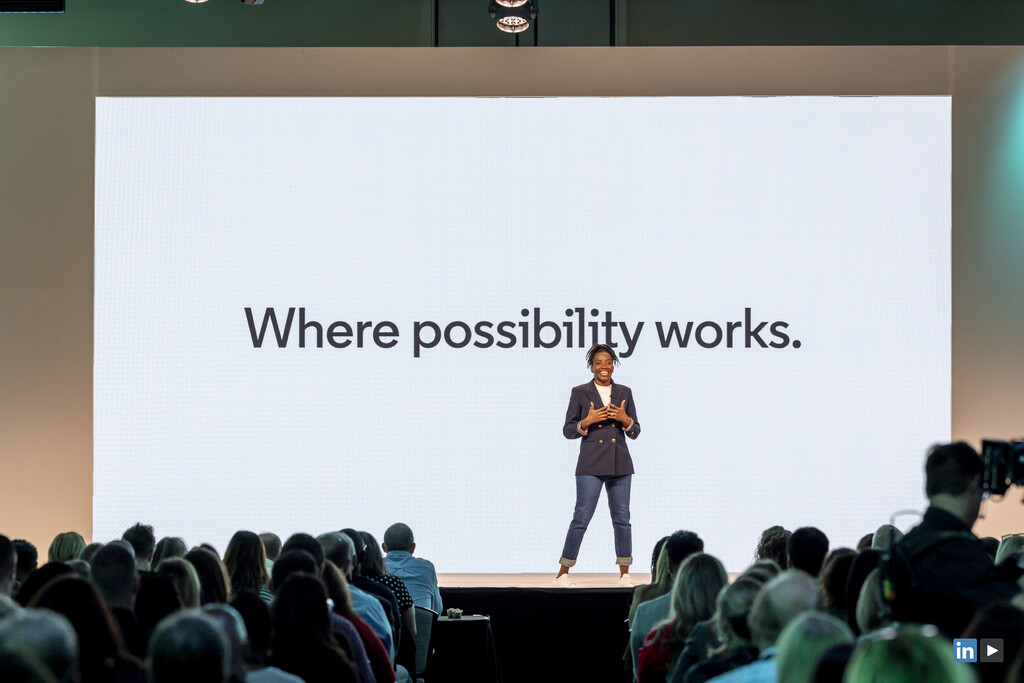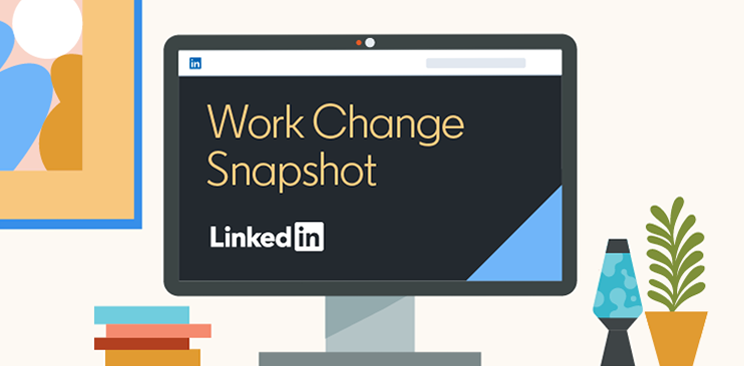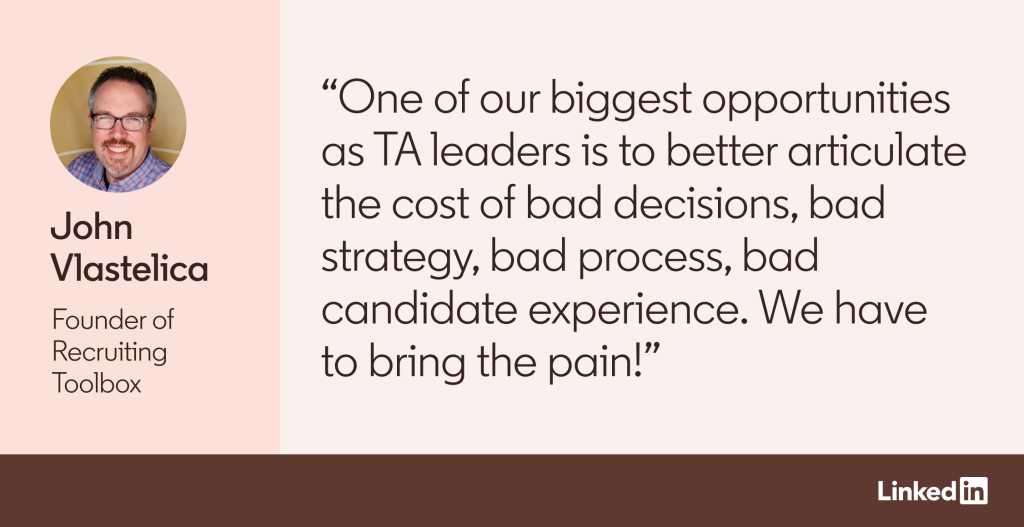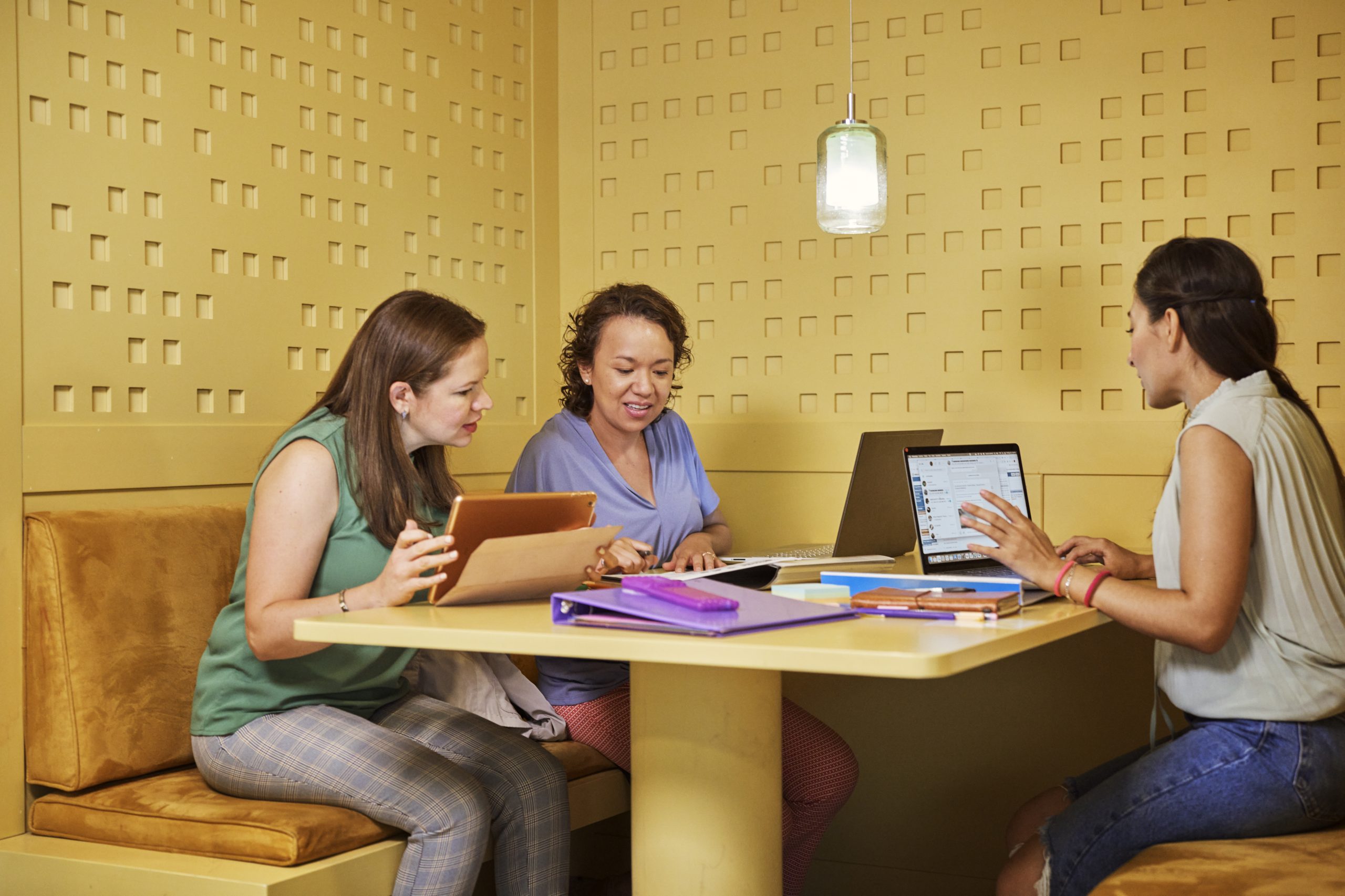Making the leap from music to LinkedIn Engineering with REACH
My journey to LinkedIn and passion for coding came from an entirely different background than programming. After studying math and music in college, I performed as a professional violinist touring around the world and composing music for television and film for 15 years.
During the pandemic, I discovered data science after my friends suggested I take programming courses. I became super interested in machine learning and wanted to make a shift in my career, so I was excited to discover LinkedIn’s apprenticeship program for people with non-traditional tech backgrounds like me: REACH. While I was an apprentice, I was given the opportunity to learn and develop skills and also got to have a hand in LinkedIn projects.
I am fortunate that I found a second passion in life. My team and mentors were welcoming and flexible with me as I leaned into my role and adapted to how we work at LinkedIn. It’s been a smooth transition since I also worked remotely during my music career. There’s a great culture of work-life balance at LinkedIn. I can adapt my working hours to California or Chicago hours to accommodate my team’s workload, and the flexibility adds to the balance. Although I love working remotely, I think it’s equally important to further connections with your team in person. I visit the Mountain View office each quarter to share coffee, lunch, and thoughts about our projects at LinkedIn with my team members.
Refining the LinkedIn member experience
In my role at LinkedIn, I’m on one of the consumer-facing teams responsible for the algorithm recommending the feed to LinkedIn members. I program in Python, Scala, and Java as I toggle between analyzing data, running machine learning experiments, and evaluating business impact.
In my first big project, I experimented with sampling our training data for the algorithms. It was thrilling to work with data on a different scale than what I was used to in my personal projects; I went from working with tables of 10,000 rows to 500 million! Using big data technologies like Spark and Hadoop, I sampled different data to feed our algorithms, which turned into business metric gains that I also learned to interpret. I still remember the anticipation right before I pressed the button to share the benefits of my model with 10% of LinkedIn members.
I also love keeping tabs on the member experience through on-call shifts, which is when I’m responsible for LinkedIn’s feed worldwide. If something goes down on a data generation pipeline that will affect our members, I can immediately jump in to solve the issue. The decisions I make in those couple of minutes to ensure that I can effectively direct traffic so as to not impact the experience of millions of members makes the work even more rewarding.
